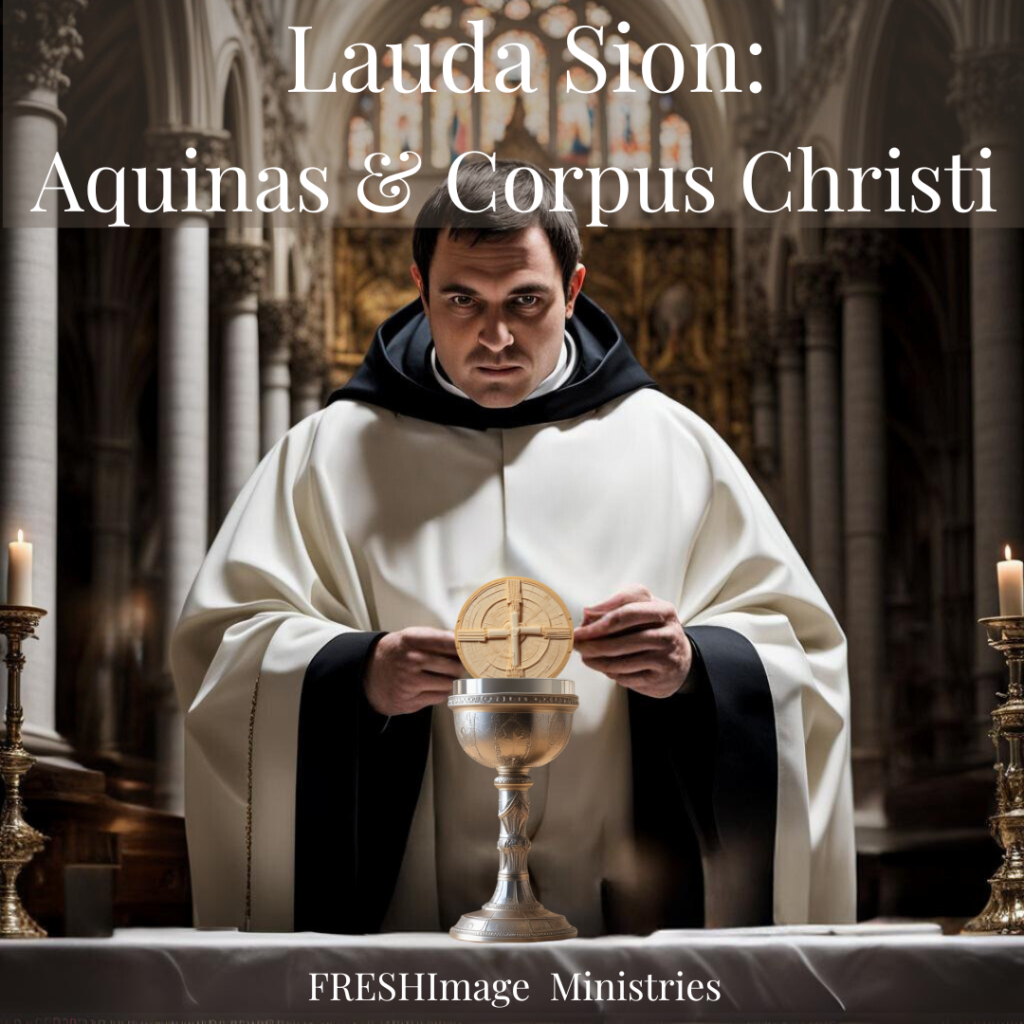
The period spanning from late April to early June is characterized by a rapid succession of significant Church feasts: Ascension, Pentecost, Trinity Sunday, and the Solemnity of the Body and Blood of Christ. Each of these feasts, brimming with profound theological significance, provides additional opportunities for prayer and deep reflection on key tenets of the Catholic faith. While a comprehensive exploration of the richness and significance of these liturgical events, akin to Holy Week, is beyond the scope of this article, we will focus closely on one of these celebrations, the Solemnity of the Body and Blood of Christ.
The tradition of solemnly celebrating the Eucharist was initiated by Pope Urban IV in 1264, inspired by a Eucharistic miracle that occurred in Bolsano, Italy, in 1263. During a Mass led by a priest known as Peter of Prague above the tomb of St. Christina, a consecrated host reportedly began to bleed onto a corporal. The Catholic Church regards this event as a private revelation, meaning Catholics are not obligated to believe it, although they are certainly free to believe the miracle took place. Urban IV, formerly James Pantaleon, was also influenced by Juliana of Liège, a nun, who after experiencing mystical visions, dedicated her life to establishing a feast in the Church honoring the Blessed Sacrament. At the time, there existed a pressing need to reaffirm the Church’s teaching on the Eucharist, which remains one of the most challenging precepts of Catholic doctrine (see, e.g., John 6:51-69, 6:41-69).
Urban IV’s desire was to craft a new liturgy specifically tailored to affirm the Church’s teaching on the presence of Christ in the Eucharist, Body, Blood, Soul, and Divinity. To achieve this, he enlisted the help of a quiet and unassuming young Dominican friar named Thomas Aquinas. Thomas surpassed the original project’s scope. For not only did he assemble liturgical texts for the Mass, but in addition, all services of the Liturgy of the Hours, while composing the most significant Eucharistic hymns still in use today for the then new Feast of Corpus Christi: Panis Angelicus, Pange Lingua, O Salutaris Hostia, and the sequence Lauda Sion. These hymns are both poetic and pedagogical, offering believers insights into the heart of the mystery of the Eucharist. Today, Thomas Aquinas is recognized as a saint and doctor of the Church, for the holiness of his life and prowess in expositing the Christian Faith as both philosopher and theologian. In the third part of his Summa Theologica, he extensively defended and asserted the true meaning of the Eucharistic teaching, derived from Jesus himself. However, it is the sequence Lauda Sion that provides the most comprehensive explanation of the Church’s teaching on the Eucharist.
The sequence Lauda Sion is a hymn sung immediately before the reading of the Gospel during Mass for Corpus Christi. It is believed by most experts to have originated from an elaborate and embellished Alleluia chant that preceded the Gospel reading. The final melodic phrase of this Alleluia, originally sung on a single syllable, was quite lengthy, likely intended to allow time for the deacon to move from the altar to the ambo for the Gospel reading. Over time, this concluding melismatic phrase began to take on a life of its own. People started to add additional texts that matched the length of the melody, with one syllable per note. This practice, known as troping, led to the proliferation of new rhymed texts to match the ending phrase of the Alleluia. Eventually, the Church found it necessary to address the excessive number of sequences, which had ballooned to over 4500. Consequently, only four sequences were authorized to remain a part of the liturgy. Originally, the sequence was sung immediately after the Alleluia and before the Gospel reading, hence its name. However, this sequential order was recently reversed. Following an update to the General Instructions of the Roman Missal in 2002, if the sequence is sung, it now precedes the Alleluia.
Lauda Sion, hailed by Jesuit priest and liturgical scholar, Josef Jungmann as “a sublime didactic poem on the Holy Eucharist,” can be divided into three distinct parts. The first part (stanzas 1-5) evokes the inception of God’s redemptive action—the institution of the Eucharist during the Last Supper and the commencement of the sacrificial act. This act fulfills the promises made in the Old Testament. Part Two (stanzas 6-11) bridges the past with the present. It elucidates how the Eucharistic celebration allows believers to partake in past redemptive events by delving into Christ’s presence in the Eucharist, portraying Him as “the bread of angels” and the embodiment of Old Testament promises. Christ, as the new sacrificial lamb of the new Pascha, establishes the New Covenant. This section also explores critical aspects of Christ’s presence, such as the concept of concomitance, wherein breaking the consecrated host into morsels does not diminish the entirety of Christ present in each piece, encompassing His body, blood, soul, and divinity, even if the Eucharist is received only under one species (see Summa Theologica III, q. 80.12.3 & Catechism of the Catholic Church, 1390). Finally, Part Three (stanza 12) contains a pilgrim’s prayer, beseeching an invitation to the final and eternal supper that awaits in the Father’s heavenly abode.
Lauda Sion offers a comprehensive perspective on the process of redemption. It begins with the institution of the Eucharist and Jesus’ sacrifice on the cross (Eucharist as sacrifice), then transitions to the present, where individuals can unite with Christ and one another through the Eucharistic offering (Eucharist as communion), and concludes with a glimpse of the future—a vision of the Eucharist as viaticum, supporting believers in their pilgrimage to the Heavenly Kingdom. Through this sequence, then, Aquinas bids us rejoice at the saving Paschal Mystery of Christ, carried out once in time and made present until the end of time through the Eucharist.
Andrzej

Andrzej Zahorski is Director of Music at St. Anselm Parish in St. Louis, MO. He holds a doctorate of musical arts from Stanford University.